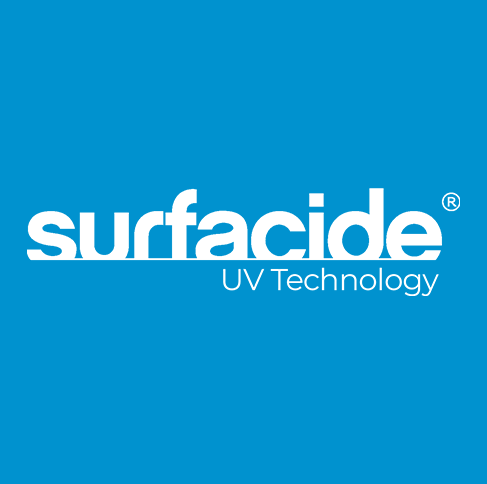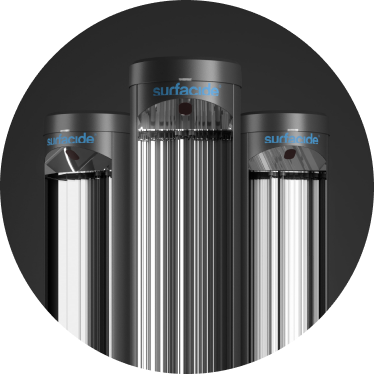“Cleanliness is in the eye of the beholder”. While clean can be clinically proven by the absence of bioburden with scientific techniques like ATP swabs, human perceptions are less predictive. The perception of a clean environment to one individual, may not be acceptable to another. Thus, it makes sense to over-compensate with clean cues to meet even the highest standards of clean perceptions. True human reaction to any event is a combination of real and perceived signals – a hospital experience is no different. A hospital event is stressful and little things can have dramatic impact on an overall judgment of that experience. Perception is reality.
Crothall Healthcare introduced a Surfacide Helios UV-C Light Tower into occupied patient rooms as an additional disinfection event in the patient bathroom. The striking visual of a six foot UV-C tower, combined with specific scripting by a trained associate, increased Hospital Consumer Assessment of Healthcare Providers and Systems (HCAHPS) Cleanliness scores.
Visual proof of aggressive disinfection protocols bolsters patient confidence. The UV-C tower, sometimes referred to as a “robot,” provided the visual trigger that confirms a greater sense of commitment to a clean and safe clinical environment. Upon entry EVS Staff shared with the patient why the UV-C system was being introduced, how it would work and the benefit to the patient, before getting approval to proceed. The combination created an experience patients remembered when rating cleanliness in their room on the HCAHPS survey.
Average 3-month HCAHPS scores increased +3.2 to +17.5 points compared to the previous 3 month period. Testing was conducted in four geographically and demographically disparate hospital locations over different time periods. One location test period was in the midst of the pandemic and also demonstrated a significant improvement in HCAHPS scores.
Key Learnings
- Patient perceptions are impacted by the visual trigger of a UV-C device
- Proper scripting by the associate enhances the “cleanliness” experience
- Improvements were realized in four geographically dispersed hospitals
- Time frames were also different canceling concerns over seasonality






